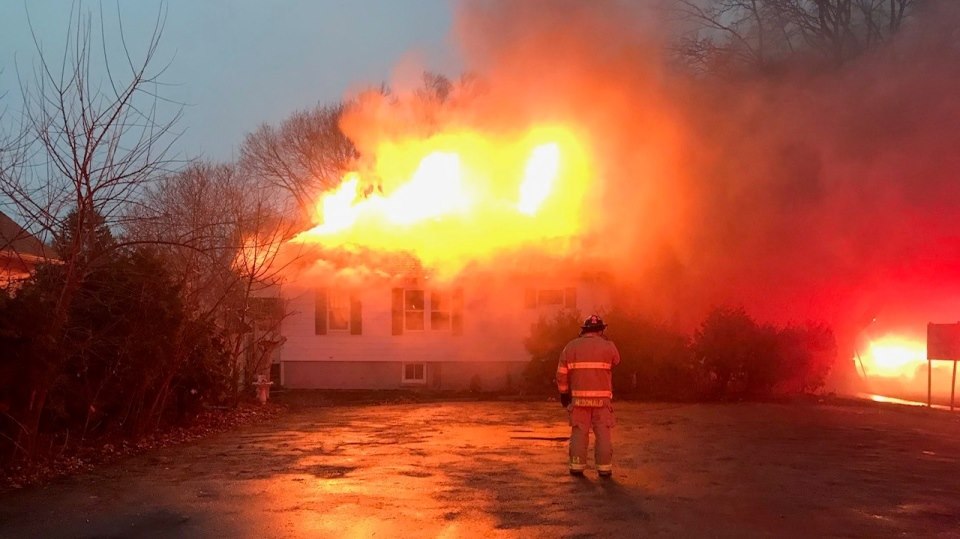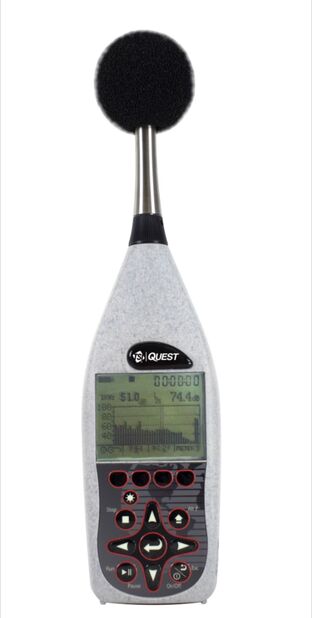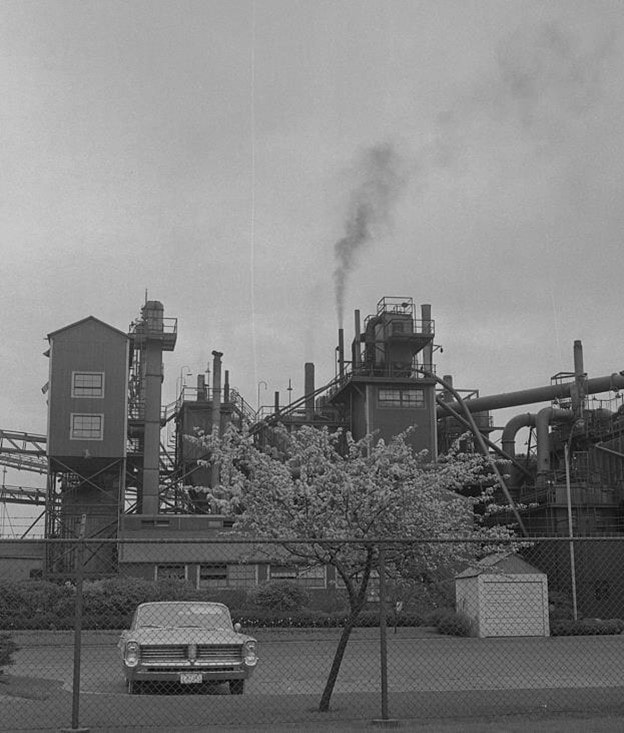WHS BLOG POST
Don Fillion, CIH, ROH, CRSP
Mr. Fillion, an experienced professional with a strong background in health and safety consulting. As the founder of Western Health & Safety (WHS), he has led his team in providing comprehensive services to clients in the Calgary area and across Canada. With expertise in program development, regulatory compliance, hazardous materials assessment, and more, Mr. Fillion is recognized for his ability to offer practical, cost-effective solutions while aligning with clients' objectives. His dedication to ensuring safety and compliance shines through in every project he undertakes, making him a trusted leader in the field.






